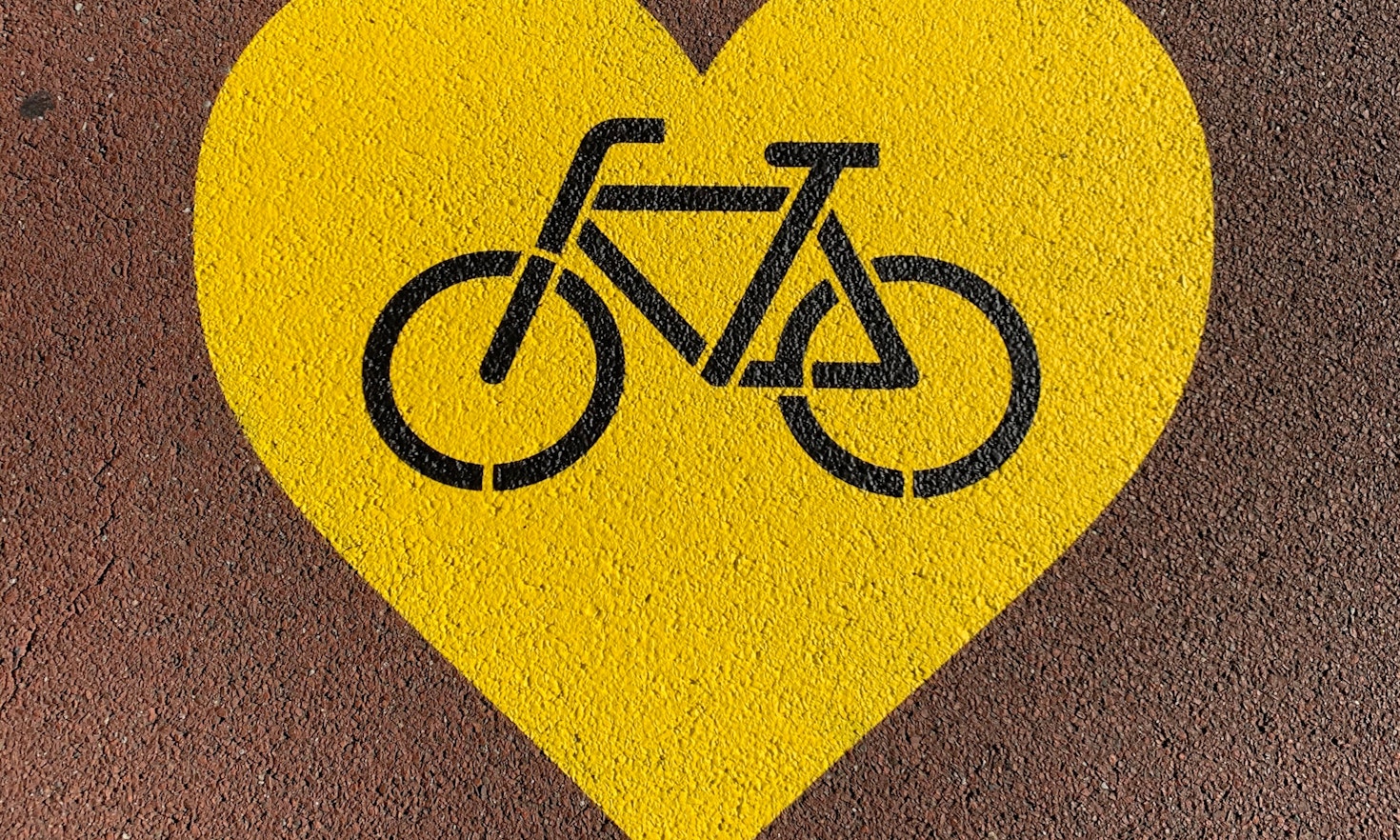
Biking in Bolzano/Bozen, Italy versus London, Ontario

As a Canadian, traveling around Europe and living in Italy has exposed me to many new experiences. I have experienced multiple "culture shocks", especially around cycling. In the following blog post, I will share some of these culture shocks and hopefully shed light on what I think makes the cycling experience in Bolzano/Bozen, Italy, different from my university hometown of London, Ontario. In addition, I will also provide recommendations for how I think cycling infrastructure could be improved in cities like London, Ontario.
While cities in southwestern Ontario are generally described as "car dependent", the City of London has taken significant steps to improve its active transit infrastructure. Active transit infrastructure includes dedicated walkways and cycling areas that allow people to safely walk, bike, scooter, or even rollerblade! Examples of such initiatives in London include the building of protected bike lanes in the city’s core cycling network and, creating car free areas, such as the Dundas "flex street".1 Nevertheless, the cycling experience in Bolzano/Bozen, Italy, is still vastly different.
For example, one of the first things I noticed while living in Bolzano/Bozen is how many people cycle to work and the grocery store! When I commute to work there is usually a steady stream of cyclists. In addition, the protected lanes are so well connected that I almost never have to cycle on the road. In comparison, while in London, I lived on a main street that had no protected lanes. Cycling on the road felt incredibly unsafe, so I often had to share the sidewalk with pedestrians.
Granted, because so many people cycle in Bolzano/Bozen, the buses and streets are PACKED when it's raining! I've quickly learned that I will have to budget for an extra-long commute on those days. An alternative could also be holding an umbrella while biking - a juggling act that I’ve witnessed numerous commuters successfully pull off.
In Bolzano/Bozen, it's also incredibly common to see racks filled with bikes outside grocery stores. In comparison, I’ve rarely seen anyone leave a grocery store by bike in London. You would also need something much larger than a bike basket to accommodate the larger package sizes.
Another culture shock I experienced was noticing that the crossing guard in Bolzano/Bozen not only helping students cross the road; she was also helping them cross the bike path! Imagine having so many cyclists that you need a dedicated crossing guard to ensure students can safely cross the bike path.
In addition, bike theft is a major concern in London. The city has even installed bike lockers in select locations across the city to help combat bike theft.2 Now, while Bolzano/Bozen is not immune from bike theft, there appears to be a significantly lower concern for it. On busy market days, when the bike racks are completely full, I’ve seen numerous bikes that are not locked to a rack. People will park their bikes beside the rack; as a precaution, some will lock a chain around the tire. This was quite jarring since city officials and London police consistently encourage cyclists to lock their bikes in a secure location and to even use two locks!
Finally, I was intrigued to see the cycling infrastructure available on local trains. With the area’s natural beauty, it’s common for people to go on bike rides to the nearby towns and then take the train back to their hometown. Regional trains will sometimes have whole train cars dedicated to bicycles! In London, and other cities in southwestern Ontario, it can be difficult to travel by train, let alone casually bring a bicycle with you.
These culture shocks have made me reflect on why the cycling experience in Bolzano/Bozen is so different from London, and what my hometown could do differently. Overall, I think the most important factors have to do with the built environment and culture.
Many cities in southwestern Ontario, including London, have an extremely dispersed built environment. This makes it difficult for people to commute by bike, as stores, workplaces, and areas for social engagement are often too far from where people live.
To combat this problem, municipalities could help create more neighborhood grocery stores and restaurants. Ultimately, if people have restaurants and grocery stores closer to their homes, they could reduce the number of trips they make by car. Municipalities could assist these neighborhood stores through zoning bylaws and removing minimum parking requirements.
In addition, while the City of London is investing in protected bike lanes in the city’s core, the cycling network must be expanded. Cycling advocates in London desire more paths that connect the west of the city to the downtown core and paths that connect the city to nearby conservation areas.3 In addition, adding protected bike lanes has already shown to significantly increase bike ridership in some parts of London. For example, following the construction of dedicated bike lanes in the downtown core, there was a 50% increase in bicycle traffic.4
Finally, regarding my point on culture, there is not a large "cycling culture" in London. In fact, census data from 20165 and 20216 indicate that only around 1% of Londoners commute to work by bicycle! In addition, the 2021 census outlines that of the 160,325 Londoners that commute by car, 56,425 have a commute of less than 15 minutes.7 With the proper infrastructure, and "cycling culture", those individuals could change their mode of transport from car to bicycle.
One way cities like London can help cultivate a “cycling culture” is by working with cycling organizations. For example, participants of the "Fancy Women’s Bike Ride" aim to show fellow Londoners that cycling is not just for sport but that you also cycle while being dressed for work or social occasions.8
Ultimately, working with these organizations could help expand their reach, which could encourage more people to cycle to work or social occasions.
In sum, I hope my post has made you reflect on the cycling infrastructure in your own city, or better yet, I hope it’s inspired you to take your bike, instead of your car, the next time you need to leave home.

Citation
This content is licensed under a Creative Commons Attribution 4.0 International license.


